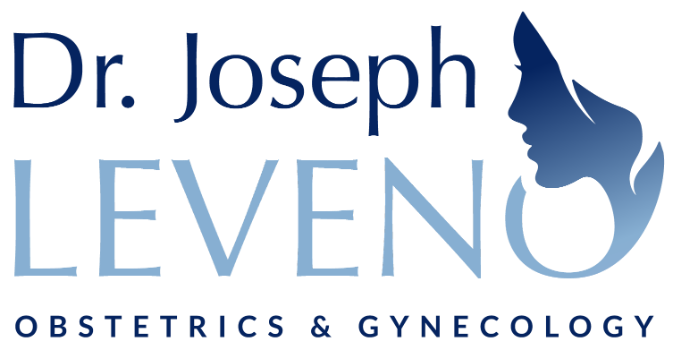Uterine Anomalies

What are Uterine Anomalies?
Congenital uterine anomalies are various malformations of the uterus that occur when a woman is still in the embryonic stage of life. They typically stem from the embryo’s uterus, which develops as two halves, improperly fusing together before she is born. Though rare, such embryonic anomalies have been shown to have a significant correlation with miscarriages and premature deliveries when the woman becomes a child-bearing adult.
Common Types of Congenital Uterine Anomalies
Though they affect only about 5% of women, the fertility issues stemming from various types of congenital uterine anomalies make them a rather serious problem. This is complicated by the fact that most anomalies result in no symptoms and appear to have no direct cause. There are several types of anomalies, which include:
Septate Uterus – This anomaly is characterized by a uterus that features two distinct endometrial cavities. In the case of Septate anomalies, the external uterine surface is normal. Along with bicornuate uteri, it is one of the most common types of anomalies.
Bicornuate Uterus – This anomaly is characterized by two endometrial cavities and an abnormal, indented external uterine surface. Along with septate uteri, it is among the most common types of uterine anomalies.
Acruate Uterus – This is an anomaly characterized by an indentation of the endometrial cavity that is equal to or less than 1 cm. In the case of acruate uteri, the uterine surface is normal. This is considered to be a slight variation on normal uterine development by many gynecologists and obstetricians.
Unicornuate Uterus – This anomaly is characterized by a uterus in which only one chamber (or half of the uterus) has developed.
Didelphys Uterus – This anomaly is characterized by two entirely separate, yet fully-formed uterine cavities.
Symptoms Associated with Uterine Anomalies
Congenital uterine anomalies all stem from the embryonic stage of development, long before the woman is born and reaches child-bearing age. In most cases, these malformations will be present completely without symptoms.
The most common symptom – pain during menstrual cycles – is often so benign as to be barely distinguishable from normal period symptoms.
In fact, it is only in rare cases that women with congenital uterine anomalies will have an issue getting pregnant. Most don’t even discover their anomalies until they are being evaluated for infertility or after a miscarriage.
Causes of Congenital Uterine Anomalies
As mentioned earlier, the cause of congenital uterine anomalies is not known in most cases. More than 90% of women who develop these malformations during their embryotic life have a normal chromosome count, and there seem to be no intrauterine factors that link cases together.
During a period lasting from 1938 to 1971, some pregnant women were treated with a synthetic estrogen named diethylstilbestrol (DES) in order to prevent miscarriages and premature deliveries. Those exposed to DES as embryos do seem to have an increased risk of developing uterine anomalies.
Treatment and Diagnosis of Congenital Uterine Anomalies
A congenital uterine anomaly will not usually be suspected without access to a detailed medical history. Even after performing a thorough physical examination, only imaging studies like an ultrasound or MRI can confirm that an anomaly is present.
When it comes to treatment, it’s important to understand that there are no non-surgical ways to treat congenital uterine anomalies. Furthermore, such treatments will only be recommended if the anomaly fits certain criteria.
If an examination confirms a septate uterus, surgical treatment is often advised. With surgery, women with a septate uterus anomaly can often dramatically increase their chances of a successful pregnancy.
